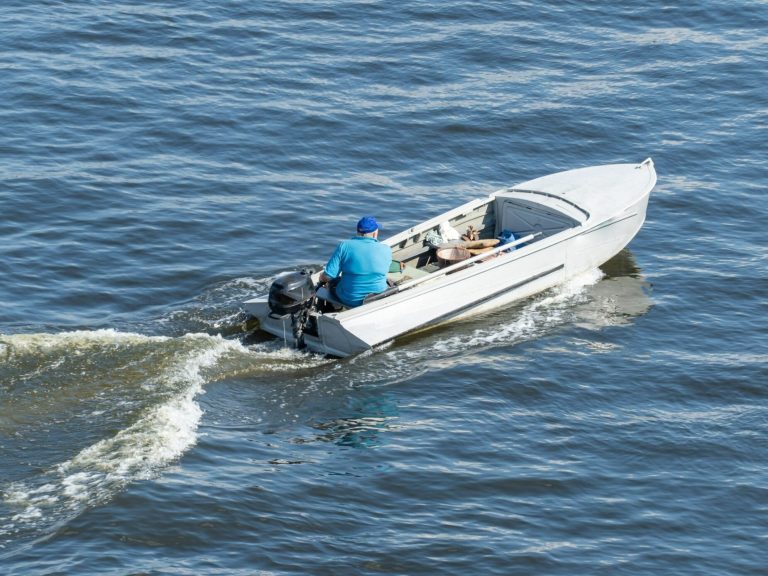This is what a “Polish dolphin” looks like. It is the only and critically endangered whale in the Baltic Sea

There are less than 500 of them left. The mass extinction of this species is caused by the polluted Baltic Sea and fishing nets.
This charming mammal is the only cetacean permanently inhabiting the waters of the Baltic Sea. It inhabited the Polish sea eight thousand years ago, but today its population is on the verge of survival. Although it looks like a dolphin, it is slightly different from its more famous colleague.
The common porpoise is becoming less and less common in the Baltic Sea
Spotting a porpoise in the Baltic Sea is quite an art. According to biologists’ estimates, there are fewer than 500 of these creatures left in our part of the sea. What distinguishes them from their cousins is their teeth – flattened in porpoises, conical and sharp in dolphins. Compared to the popular bottlenose dolphins, porpoises do not have an elongated beak. They are also much smaller and move slower. “The body length of an adult individual in the Baltic Sea is approximately 180 cm, and its average weight does not exceed 60 kg,” says WWF. Even though they can jump, they don’t have any impressive tricks. They tend to swim alone or in small groups.
The danger associated with pollution of the Baltic Sea, constantly present fishing nets and annoying noise significantly worsens the situation of common porpoises on the Polish side of the Baltic Sea. Solutions are increasingly being introduced to protect these creatures from the noisy operation of wind farms. The “bubble curtain” has already been introduced in Germany, where it is intended to protect a sensitive species from high-profile human inventions. Also, high-frequency sounds generated by boats can make it difficult for porpoises to move using echolocation and cause them to accidentally fall into set nets.
“Almost every creature in the sea relies on underwater sounds. On land, most animals use vision as their main sense, but in the underwater world it is hearing,” says Carina Juretzek, an underwater noise specialist at the German Federal Maritime Office.
This species of porpoise is even rarer
The common porpoise, although rarely seen in Poland, inhabits all continents and does not have an endangered status outside Europe. However, there is another subspecies that is considered not only the rarest cetacean in the world, but also the rarest mammal in general. The California harbor porpoise is an endemic inhabiting only the northern part of the Gulf of California. There are fewer than 100 individuals worldwide, and some data indicate numbers of only a dozen or so individuals. This is a huge drop compared to 1999, when there were almost 600 of them in the world.






